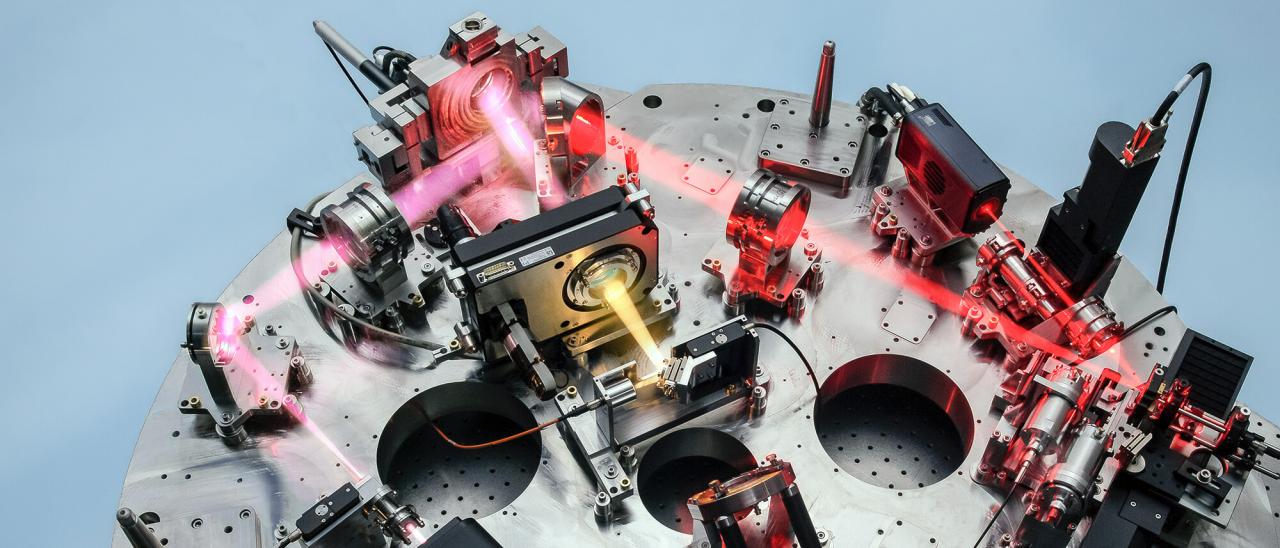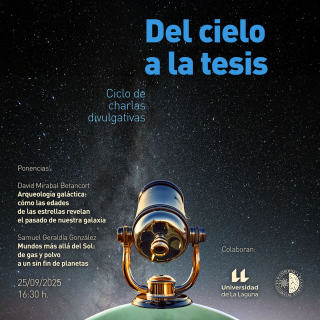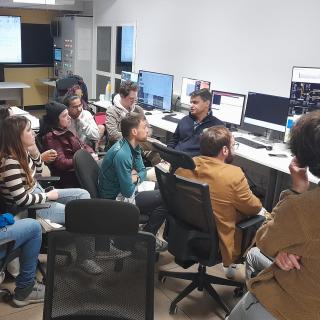Researchers at the Instituto de Astrofísica de Canarias (IAC) have participated in the development of NIRPS, an instrument recently installed on the 3.6m telescope at the European Southern Observatory (ESO), which is now hunting for exoplanets around the coolest stars in the Milky Way from the La Silla Observatory, in Chile.
The Near InfraRed Planet Searcher (NIRPS) has successfully carried out its first observations. “This remarkable infrared instrument will help us to find the nearest habitable worlds to our Solar System” states René Doyon, the Director of the Institute for Exoplanetary Research at the University of Montreal and Co-Principal Investigator on NIRPS. “NIRPS joins a very small number of high performance spectrographs for the near infrared, which are a key element in collaborative observations with the James Webb Space Telescope and other ground-based observatories” adds François Bouchy, a researcher at the University of Geneva (Switzerland) and Co-Principal Investigator on NIRPS.
The instrument will center its search on rocky planets, key objectives for understanding how this type of celestial objects is formed, and on which it is most probable that life has evolved. NIRPS will look for these rocky exoplanets around small, cool, red dwarf stars, the type of stars which is most common in our Milky Way, which have masses between two and ten times less than that of our Sun.
NIRPS will look for exoplanets using the radial velocity method. When a planet orbits around a star, its gravitational attraction makes the star move around a tiny orbit. By measuring the slight changes in the velocity of the star NIRPS will help to measure the mass of the planet, as well as some of its other properties.
“NIRPS will work together with the HARPS instrument, which is also a planet hunter, extending its range from the visible into the near infrared, suited to the search for exoplanets similar to the Earth around the reddest stars” comments Alejandro Suárez, an IAC researcher who is a member of the NIRPS science team.
Another key difference between the two instruments is that NIRPS uses a powerful system of adaptive optics, a system which corrects the effects of atmospheric turbulence, which makes the stars twinkle, and this improves its efficiency for finding and studying exoplanets.
The discoveries made with NIRPS and HARPS will be followed up at some of the most important observatories in the worlds such as the Very Large Telescope (VLT) of ESO and the upcoming Extremely Large Telescope (ELT) in Chile, for which similar instruments are being developed. By working together with observatories in space and on the ground NIRPS will be able to find clues about the composition of exoplanets and even look for possible signs of life in their atmospheres. “NIRPS will help to discover and characterize planets similar to Earth in the solar neighborhood which will be studied in more detail with the ELT” concludes Jonay González, and IAC researcher who is a member of the NIPS science team.
ESO PR: A new planet hunter awakens: NIRPS instrument sees first light: https://www.eso.org/public/announcements/ann22009/
Contact at the IAC:
- Alejandro Suárez Mascareño
- Jonay González Hernández



